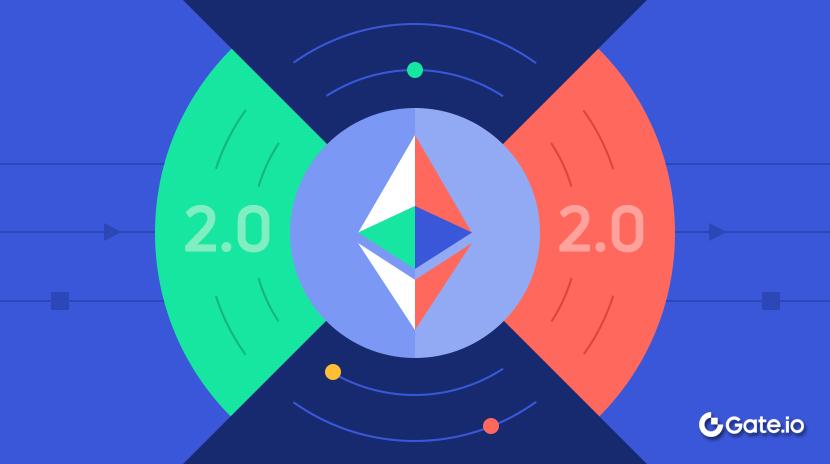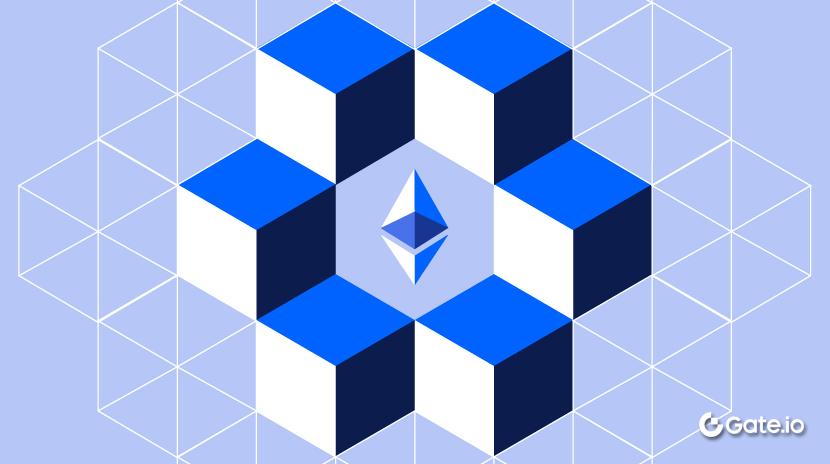ETH 需要一个新的叙事
本文深入分析 ETH 常见叙事的局限性,包括其作为比特币的杠杆化 beta、超音波货币、数位石油、全球结算层以及拥有最多经济活动的链等说法。上周,ETH 回撤到了 2017 年 ICO 的水平。那时的以太坊还只是白皮书和代币,而现在已经有了众多实际应用。但市场似乎并不在意以太坊开发者生态在这 7 年半里的进展。
更大的问题是,ETH 需要一个新的叙事,也就是一个清晰的理由来解释为什么人们应该买入这枚币。我们来拆解一下 ETH 常见的叙事,看看为什么它们已经不再成立。
1.“ETH 是 BTC 的杠杆贝塔。”
在过去几轮牛市中,这个说法是成立的。山寨币会跑赢 BTC,而蓝筹山寨币则是 BTC 的杠杆贝塔。当 BTC 表现良好时,投资者会更愿意承担风险,从而在山寨币中获得更大的上涨空间。
但这一次不同。2024 年 1 月比特币 ETF 的推出带来了范式转变。几乎有 1000 亿美元的资金流入了比特币 ETF,这些 ETF 现在共持有 5.7% 的 BTC 供应。而以太坊 ETF 的资金流入仅为 50 亿美元。与以往周期不同,现在大量进入加密市场的机构资金只流向 BTC,已经不再像过去那样向市场其他部分渗透。BTC 将始终拥有来自新资金的自然需求,因为它代表了进入加密市场的入口,但对其他资产来说,这一点尚不明确。

BTC 正在脱离整个市场,进入自己的独立层级。
新资金不再流入山寨币,带来的次级效应就是:市场只剩下一池零和的 degen 热钱,不断在各个赌场之间轮动。这一点在选举后的几个月价格走势中表现得非常明显——degen 资金从 Solana AI 代理 Meme 币轮动到 Hyperliquid,再到 $TRUMP 和 $MELANIA。没有新增经济增长的情况下,加密部落主义只会加速,每个赛道都在为了赌场里的零和注意力互相竞争。1
2.“ETH 是超声波货币。”
这已经不成立了。2024 年 4 月,ETH 供应开始反转并重新增长。到了 2025 年 2 月,自合并以来 ETH 成为通胀资产。因此,ETH 比 BTC 更硬的说法已经不再适用。
此外,超声波货币这个叙事本身也有些“中曲线”。新进入加密市场的人往往会直接相信 “BTC 是数字黄金” 这种稀缺性叙事,而不会去了解 EIP-1559 或技术层面上到底是 BTC 还是 ETH 更具通缩性。
3.“ETH 是数字石油。”
这个叙事的问题在于,它让 ETH 的交易逻辑变成了类似商品——横盘震荡、区间波动。商品的定价主要依赖市场供需关系,而不是像长期持有型资产那样以增长为核心。为了说明这一点,以下是过去十年石油与标普 500 的对比图表.

USO

SPY
除了两个特殊事件——1)2015 年初压裂技术进步带来美国石油新增供给,以及 2)2020 年初的 COVID 崩盘——石油整体是在一个区间内波动的。
如果我们用“数字石油”这个框架来看 ETH,那么在它重新通胀、市场上有新增供应的情况下,如果没有边际买盘需求,价格就会下跌。
4. “ETH 是全球结算层。”
以太坊的长期扩容路线图在两个目标之间存在内在矛盾:1)扩容将交由 L2 完成,以太坊作为结算层存在;2)L2 的经济活动能将价值回流至 ETH。当 EIP-4844 的 blobs 大幅降低将交易数据发布到 L1 的成本时,虽然提升了 L2 的可扩展性,但也削弱了以太坊自身的收入。
更大的问题是,当 L2 推出自己的代币时,它们对 ETH 来说是“寄生型”的。L2 有强烈的经济动机让价值流向自身代币,而不是 ETH。因此,除了共识机制上的技术差异外,L2 的行为越来越像是竞争性的 L1。2
结果就是 EVM 的采用和 ETH 的价值积累开始脱钩。以太坊过去最大的护城河是围绕 EVM 所构建的开发者工具生态,比如调试器、模糊测试工具、合约模板等,这些都是多年开源发展积累的成果。相比之下,新开发者要在非 EVM 链上构建应用会困难得多,因为缺乏成熟的开发工具支持。但在 EVM 与 ETH 脱钩的趋势下,EVM 的采用可以持续增长——例如像 MegaETH 这样的新 L2,或者像 Berachain 和 Monad 这样的新 L1,依托 EVM 生态发展,但其价值积累却流向它们的原生代币,而非 ETH。
5.“ETH 是所有链中经济活动最活跃的。”
未来很可能出现这样一种情况:稳定币 TVL 创历史新高,DEX 交易量创历史新高,其他经济活动指标也都创下新高,但 ETH 的价格却没有创历史新高,因为市盈率被压缩。在这种情况下,ETH 的走势更像科技股,比如 TSLA(97 倍远期市盈率)或 NVDA(24 倍远期市盈率)。
以当前年度化利润计算,若没有任何货币溢价,ETH 要想重回历史高点,其市盈率需要达到 300 倍。因此 ETH 仍面临较大的市盈率压缩下行风险。
接下来 ETH 会发生什么?也许会因均值回归而反弹,也可能继续因上述原因而持续表现不佳。在此之前,ETH 迫切需要一个新的叙事。
- 另一个资金不再流入山寨币的次级效应是对风险投资市场造成打击。TGE 的最佳情况也仅能募集到个位数十亿的资金,这对基础设施项目是上限,反推过来,其它项目类别的潜在市场规模也更小。同时,一级市场估值并没有下降,因为该领域依然存在资本供给过剩、优秀创始人稀缺的现象。因此,加密 VC 的回报正在被压缩。
- Based rollups 试图让 L2 的价值重新回流到 ETH,但问题是它们并未被纳入最初的 L2 设计中。一旦 L2 能通过自营排序器赚钱,它们就几乎没有动力将排序器的控制权让渡出去。
声明:
本文转载自 [ShowerThoughts]。所有版权归原作者 [Richard Chen] 所有。若对本次转载有异议,请联系 Gate Learn 团队,他们将及时处理。
免责声明:本文所表达的观点和意见仅代表作者个人观点,不构成任何投资建议。
本文的其他语言翻译由 Gate Learn 团队完成。除非另有说明,否则禁止复制、分发或抄袭翻译文章。
相关文章


如何质押 ETH?

什么是以太坊?


什么是Aragon?一文读懂ANT



